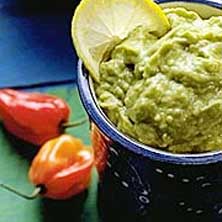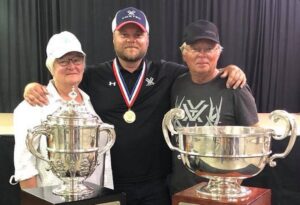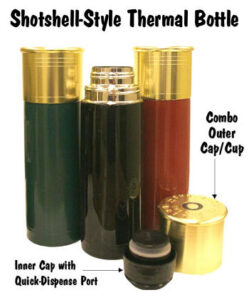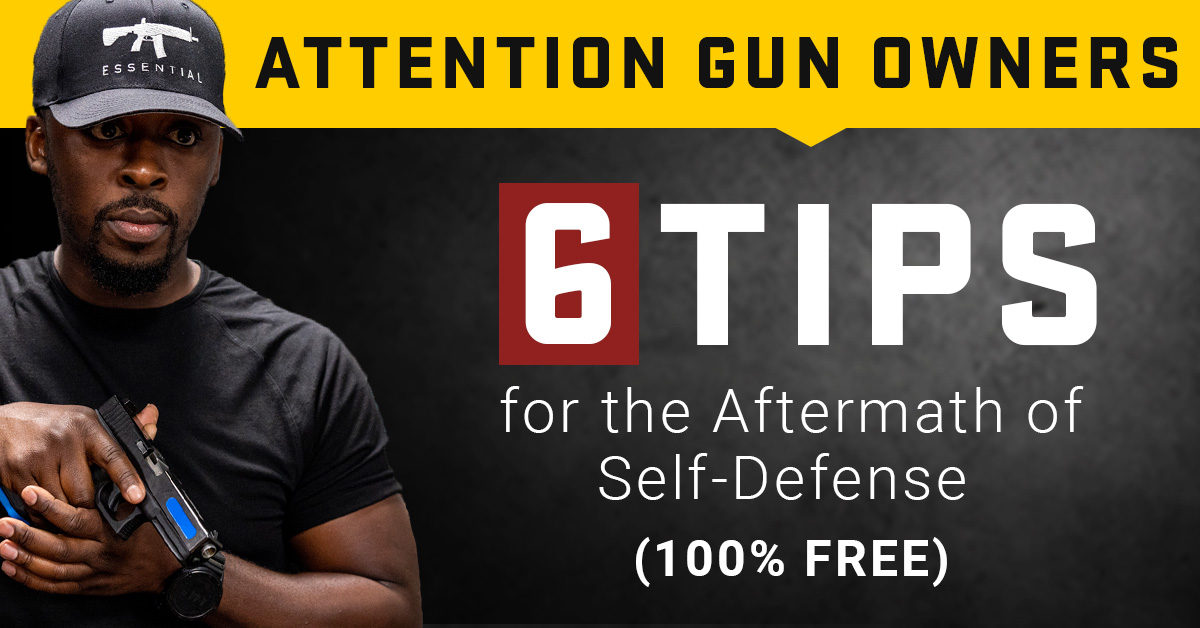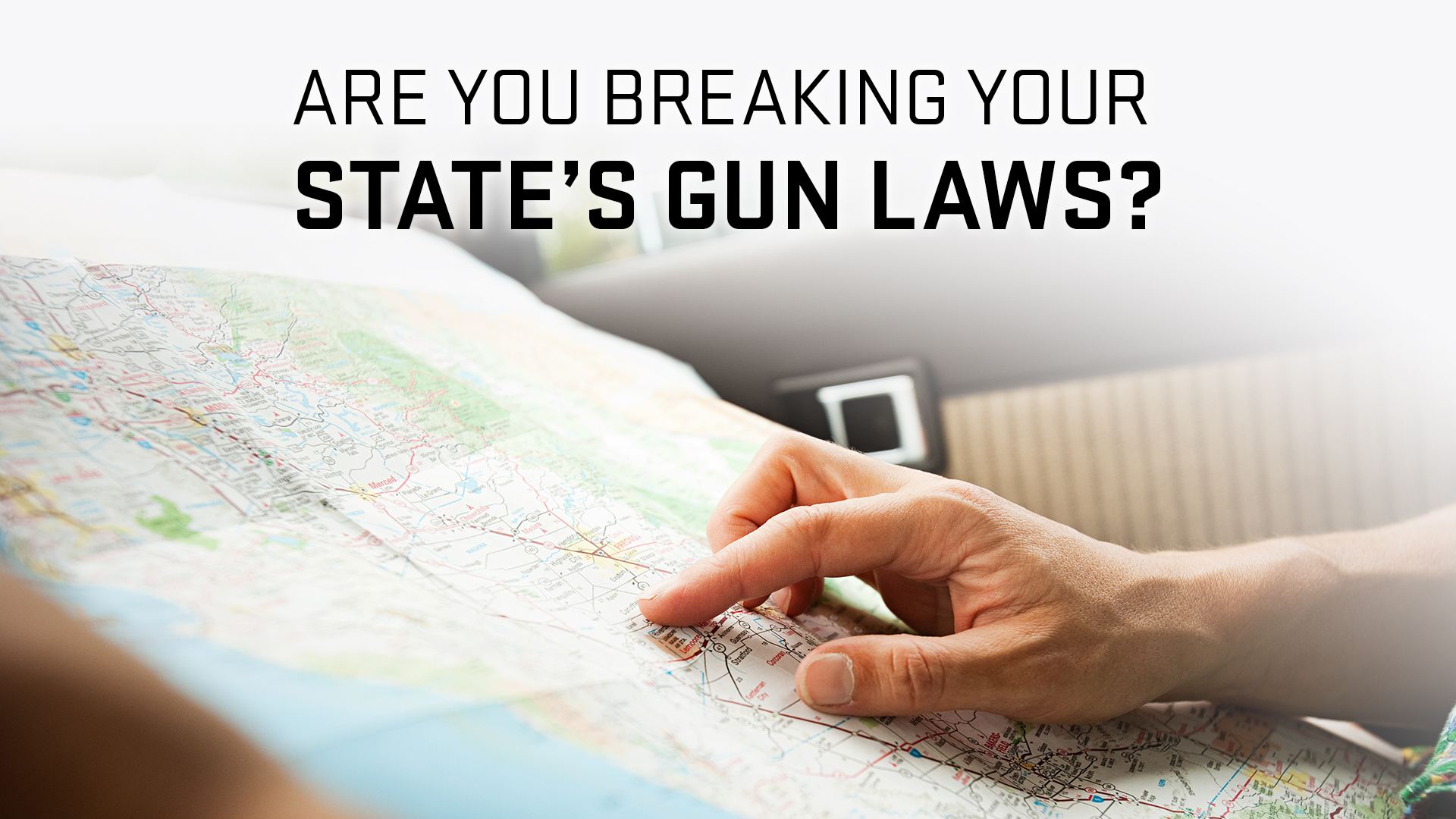October 15th 2023Sunday gunday: Katy’s 6mmBR for Varmint Silhouette MatchesWhile many women are very, very talented, it is still unusual to see many on a long range firing line. It’s even rarer to find a woman shooter who regularly beats the “good ol’ boys”. This week, we feature Katy, a Californian who competes in Varmint Silhouette competitions with a stylish and accurate Stolle 6.BR. She has been a “Top Gun” at the Pala Shooting Range, in North San Diego County, along with her husband/spotter Don who shoots a Dasher 6mm. Here’s an aerial view of the Pala facility looking down-range, at the rows and rows of silhouette targets.Near the Indian Casino Resort in Pala in California, there is one of the state’s longest rifle ranges. Pala hosts a variety of shooting events, including cowboy action, lever-action silhouette, black powder, hi-power, tactical pistol, and rifle matches. The black powder buffalo matches and tactical rifle match use the longest distance with 900-meter target. Katy and Don have competed at Varmint Rifle Silhouette Matches, which were held every month in the past. Range Info: Range.palatribe.com. Katy says: “These Varmint Silhouette Matches are a lot fun!” It’s great to see the little critters flying off the rail. A good spotter will observe how the target moves when it is hit. “Did it turn left or right?” Steel targets tell you more about ballistics in real life than a hole on a piece of scrap paper. For Katy and Don shooting is a part of their family: “I began shooting the varmint silhouette at Don’s encouragement. He built/bought a 6mmBR for the varmint match and re-barreled a Hart-sleeved Remington 700 into.223 fast-twisting for me. I did well for a novice, winning a match in just a few short months of competition. Competitors were left scratching their head when I won with the.223 rifle. It was a lucky combination of a great spotter, a steady hold and a good gun. This.223 was a very accurate rifle. I always thought the bullet would land exactly where the rifle was pointed, if the wind was right. As with all good things, the accuracy of the.223 began to fade over time. The barrel finally gave out, so a replacement was made-a bright red Panda Bear chambered in 6mm BR.
Between December 2000 and April 2003, I won five varmint competitions with my old.223. I also won my class in June 2001. With the 6BR Panda I have won four matches between May 2003 and August 2004, and shoot higher scores. In 2003, I won my class two times. As our competitors’ skills have improved and their firearms have become more advanced, the criteria used to classify shooters has evolved. Originally, a shooter could miss 10% of animals and still qualify as a Master. A few years back, the criteria for earning “Master” status was tightened. I’ve been able to shoot well enough with the little Red Panda to get people asking me about my technique. Don and I both shoot free recoil. We don’t touch the rifle with anything but the trigger finger and thumb. Keep your shoulder away from the butt. Make sure that your cheek does not touch the stock, and your shooting cap does not hit the scope. Squeeze the rear bag to fine-tune your elevation. I use a forearm rest on the frontrest to keep the rifle in place. After firing, pushing the gun back against the front rest verifies the tracking of the rifle and allows you to quickly check how far the sighter shot impact was off from the point of aim. The little lady in this picture proved it more than a hundred years ago. Competitive shooting is a sport where women compete against men and often win. [Amanda Elsenboss won the National High Power Championship as well as the National Long Range Championship. Nancy Tompkins, and her daughter Sherri Galagher, have also won National shooting titles. Shooting is still a sport dominated by men. Here are my thoughts on what could be done to change that. Benefits of Shooting
Learning to safely handle a rifle/firearm is the first and most important benefit that competitive shooting can provide. We are well past the point where women should be able to overcome their fear of guns. A woman’s ability in responding to threats would also be improved. I remember taking my anti-gun college roommate to the shooting range for a lesson. She had a lot of fun shooting. She learned that guns are not only “scary”, they can also be fun. How to get more women involved
We will have to promote different aspects of shooting, since we can’t change the silencer laws to improve the enjoyment of women in the sport. Shooting sports can give women confidence, a sense accomplishment and inner strength. It’s very satisfying to see the positive results of your concentrated efforts (even at a very long distance). The development of skill in any sport can improve self-image and coordination. Encourage the women you know to join you on the range. Your girlfriends and wives will enjoy spending time with you. Some wives at Pala are the best spotters even though they do not shoot. These silhouette matches are ideal for women to participate in. You can lay down and shoot, which is much more relaxing than traditional position shooting. Second, the heavy rifle is supported by front and rear rests, so you only need to guide it, focus on the sight picture, and pull the trigger once everything is lined up. Don prepares the ammunition and cleans the rifles while I clean the house and cook the meals. Noise Pollution
The first thing that a woman notices when she is at the range is the noise. How can anyone have a conversation, let alone think, with all that noise? The worst days are practice days, when there is constant gunfire and very few ceasefires. Matches work well because the only time there is gunfire is during warm-up, and then during each relay for 8 minutes. I wear both earplugs with ear muffs on the firing line to cope with the decibels. It is difficult to be heard and understood during a match. Shooters’ Technobabble-I Guess It Is Really a “Guy thing”
One of my female colleagues commented that the guys at the range never seem to discuss anything other than firearms and their accessories. I’m familiar with the term “minutes-of-angle” but I’ve gotten lazy in my speech. I usually just say how many clicks you need to adjust for wind or sighter shots. When Don was discussing equipment, he kept using MOA. I’ve been with non-shooting buddies several times when knowledgeable gunners start talking about firearms. My friends are puzzled by the fact that they seem to be speaking a completely different language. It has its own language, and I’m finally learning to speak it. Katy’s 6-BR — Technical Primer By Hubby and “Loadmaster Don”In 1990, an advertisement in Precision Shooting magazine’s “Trading Post”, offered a low mileage, Panda-actioned.262-inch neck, 6mm BR, and all the reloading accouterments. This light-varmint rifle was built around a round Panda action in the mid-1980s with a straight-fluted barrel. The gun performed well as configured-shooting a lot of groups in zeros. The action is glued to a Lee Six thumbhole BR Stock and pins are used to hang the 3 oz. trigger. The scope is a 36X Leupold BR older model, held in place by Kelbly rings mounted on a Davidson platform. The original barrel, a 4-groove 14-twist barrel, was made by Pat McMillan. A hand-written tag was found on the barrel’s underside. It indicated that the barrel had been fitted by JACO in April 1986. Anyone know who this is? The 14-twist bar could not stabilize bullets larger than 80 grains. It would keep an 80% Starke bullet within 0.4″ at 200m using 31.8 grains Varget. The 80-grain bullets, however, were blown around by the wind up to 500 meters. Previous success with Pac-Nor barrels pre-fitted inspired me to order a 28,”, 4-grooved, 8.6″‘-twist, barrel chambered with the.262” neck 6mm BR reamer. Pac-Nor chambered and crowned the barrel, and in this case threaded it so that it would fit a Panda Action. We found that after installing the barrel onto the action, the bolt nose was touching the conical barrel breech. The bolt needed to close perfectly with a 0.010″ clearance from the cone face. The headspace is now at 1.167″.
My experience with two other fast-twist 6-BRs, including one chambered in Pac-Nor’s new.262″ reamer, led me to believe that the 95gr Berger-VLDs would be a good fit for the estimated 0.060″ freebore of Katy’s gun. The goal was 2800-2900fps velocity and an inherent accuracy that was no worse than half of the smallest silhouette. We needed a load with repeatable 0.4 MOA precision or better. A new batch of Lapua Norma BR 6mm brass was neck-turned at 0.0083″ wall thickness for the chamber, and fire-formed in the barrel break-in according to Pac-Nor guidelines. We tested a variety of moly-coated ammunition at 200 meters. Most of them were loaded with moderate amounts of H322. The results of the testing ranged from poor to amazing (68-grain flat-base Eubers with 29.7 grains H322 went in about.25″ at 200 meters!) These flat-base bullets did not have the high ballistic coefficient that we desired for the varmint match. We then tried the 95-grain VLD Bergers (0+ BC), which produced several good loads. All were ignited by Federal 205m primes. The best load was 28.2 grains of H322 at a speed of 2860 fps. This was followed by 30.4 grains of N135 at a speed 2920 fps and 31.0 grains Varget at a 2890 fps. All loads shot better than 0.04 MOA but the H322 appeared to be able to shoot more accurately. We had about twice as much H322 on hand. After about 120 shots, the barrel was conditioned and brass was formed. A match load for the 95 VLD Bergers was then selected. Bullets are seated approximately 0.010″ into the rifling to achieve a typical cartridge LOA (length of bore) of 2.325″, putting the heel of the 95VLD boat-tail below the case neck-shoulder. Cases are sized using a Wilson neck bushing that only works the upper 2/3rd of the case neck in order to support the bearing surface for the seated bullet. Don’s Handy Guide to Varmint Silhouette shooting Varmint Silhouette – Origins and Basics
A metallic silhouette match for typical varmint guns was developed over a decade ago at the North County Shootist Association near the hamlet Pala in north San Diego County. The course of fire was a conventional rifle silhouette range, with banks of varmint targets sized 0.8 – 1.0 MOA (Minute of angle). Ten steel “critter targets” are set at five different yardages: 200 meters – Field Mice (pikas); 300 meters- Crows; 485 meters- Ground Squirrels, 500 meters- Jack Rabbits, 600 yards – Prairie Dogs. The people at Pala run an efficient operation, cycling multiple relays so that everyone gets to shoot fifty targets (10 each at different yardages) and the show is usually finished by 1:00 pm. The match begins at 9:00 am after a one-hour period of sighting-in. Newcomers are advised to arrive by 7:45am, as you may need the full sight-in time to achieve solid zeros for all five yardages. Firearms are restricted to field-portable varmint caliber rifles, either factory or custom class, with a maximum 6.5mm diameter. Bullets cannot weigh more than 107 grams. You can shoot either prone or on a bench with a front rest, bag rear. For more information, visit Range.palatribe.com.Match Rules and Shooting Procedures
The team consists of a shooter and a spotter. The course of fire consists of knocking down 10 steel varmint animals at each of the 5 distances. After firing a sighter, the targets are fired from left to right. Missed targets stay standing. A “miss” is any target that is not struck in sequence. The shooter must knock off (clean) each target in sequence. The spotter is responsible for supporting the shooter with all aspects of shot prep. The spotter’s first priority is to see the impact of each shot and then call the appropriate windage and height adjustments for the shooter. A good spotter can be vital in shifting conditions. Let’s start from the beginning. Before the match, there is often an opportunity to test sight settings and load for distance and load. A preliminary read of the conditions is also done, mainly wind direction, strength and consistency. The spotter should check the shooter’s setup for the relay range and make sure that their sights are adjusted to the correct elevation, windage, and distance. The bullet impact is visible to both the shooter and the spotter because sighter targets have been freshly painted and are fixed (don’t move). If the bullet hits the expected point of aim, the spotter will track and call observed changes (mostly the wind) relative to initial scope settings. If the point of impact changes on subsequent record targets, or if the shooter misses the target, the spotter will recommend sight adjustments. It is sometimes difficult to see the point where these small reactive targets hit. The trajectory of the bullet can be estimated by observing target behavior, such as rotation. The Guacamole connection
Katy and Don grow avocados. They would occasionally bring avocados to the shooting range to share with the other shooters. Katy also brought home-made Guacamole, made from avocados grown on their ranch, some months. Katy says, “Fellow shooters love guacamole and bring their own chips with it. I’m constantly being told that I should start a business making and selling guacamole. I guess I could start selling it at the range.” Katy’s Guacamole Recipe. 4 ripe, peeled, and pitted avocados
Half a lemon (I use Meyer Lemons, but lime juice is good too)
Fresh salsa – your favorite variety, 1/2 cup
You can adjust the quantities to your taste. Use a potato masher to mash the ingredients. Serve with chips or fresh vegetables (carrots, celery, broccoli), as a garnish for tacos and burritos. Good Shooting, and Bon Appetite! Don & Katy Reproduction of any content without written permission is prohibited.
Similar Posts:Tags: 6 Dasher, 6BR, 6mm BR, Benchrest, Berger, California, Krieger, Lapua Brass, Lilja, Pac-Nor, Pala, Panda, Rifle Accuracy, San Diego, Shilen, Stolle, Varget, Varmint, Varmint Silhouette, Varminting, Vihtavuori
